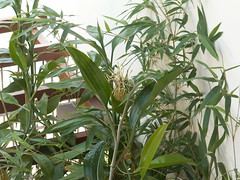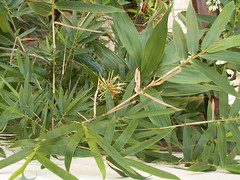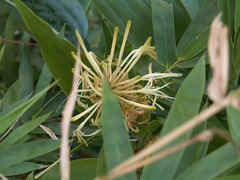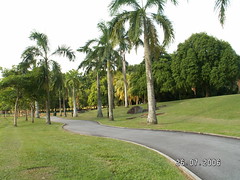Although she was quite angry with herself for needing 4 attempts to get that precious driver’s license, I kept reassuring her that it was not a bad performance at all. Her old man needed 3 attempts at a time – 35 years ago to be exact, when the testers were not so strict I am sure. Yes, this incident sure brings back some memories.
I took my driving lessons from a driving school located at Niven Road, near to the former Rex Theatre, and opposite the Selegie Complex. Those days, we have the ‘pow chia’ or ‘guarantee pass’ system whereby you paid a fixed fee and they will keep training you until you passed your driving test.
My instructor was a very nasty and hot-tempered fellow who drove like a demon. I often got verbally abused by him. As an engineering undergrad in the local university, being called stupid wasn’t exactly ego-boosting. Some more, when I finally passed, the guy had the gall to hint that I should give him a tip saying that his other students often gave up him a big ang pow. No way man! Not when I paid for the driving lessons and tests with my hard-earned money from giving maths tuition during my long vacation.
Speaking of tuition, I am reminded of this very nice lady who engaged me to tuition her son in Additional Maths at their home in Tai Keng Gardens. We agreed that I had to stop when my university term started. But when her son’s exams approached, she persuaded me to give him some additional last minute coaching. For those few short sessions, she paid me a handsome figure which was much more than what we agreed on.
Most of my lessons were held in the vicinity of the Queenstown Driving Test Centre at Commonwealth Avenue, just next to the present Queenstown MRT station. But for my first lesson, my instructor brought me to a secluded spot near a graveyard along Kheam Hock Road. It was here that we practised how to do parking with the wooden poles as guide posts.

This road off Kheam Hock Road is known as Lorong Halwa. It used to lead to a big empty area next to a cemetery.
In those days, the car practically all the driving schools used was the trusted Morris Minor, the same one that my brother Chew bought for $600. One very interesting detail about his car that I remember is the indicator. It is actually made of ‘hands’ which flipped up from the side of the chassis every time you signalled left or right.

This building which used to be the Queenstown Driving Test Centre looks deserted when I took a photo of it last Friday.
The theory test or Highway Code test should be quite interesting to my young readers. We actually had to manually move a toy car on a model of the streets to answer verbal questions put to us by the tester. Another interesting thing is that besides the date you have booked for your driving test, you can try to ballot for an additional date. After I failed my first test, I booked a date for a repeat immediately. But I managed to secure an additional, earlier date by this method. Unfortunately, I failed in that second attempt, but the date that I had book earlier was still reserved for me.
For the practical test, the first item, if I recall correctly, was the parallel parking which was held within the test centre premises. Some people don’t even make it beyond this stage. Other major items being tested were reversing from major to minor road, three point turn, clutch control on a slope and emergency braking. The tester would hold a newspaper. And when he tapped it on the dashboard you are supposed to step on the brakes. I almost failed my last test because I did not react quickly enough. My excuse was that he had tapped his papers so gently, it was very difficult for me to sense the urgency. He gave me a second chance and this time I almost drove the brake pedal to the floor. The other major test centre was located at Maxwell Road. I believe these were the only 2 in Singapore those days. The dreaded clutch control test was usually conducted at slope along Cantonment Road as you approached the junction with Neil Road. My brother Chun Chew who took his test there has some stories to share. (Photo from collection of National Archives of Singapore)
The other major test centre was located at Maxwell Road. I believe these were the only 2 in Singapore those days. The dreaded clutch control test was usually conducted at slope along Cantonment Road as you approached the junction with Neil Road. My brother Chun Chew who took his test there has some stories to share. (Photo from collection of National Archives of Singapore)


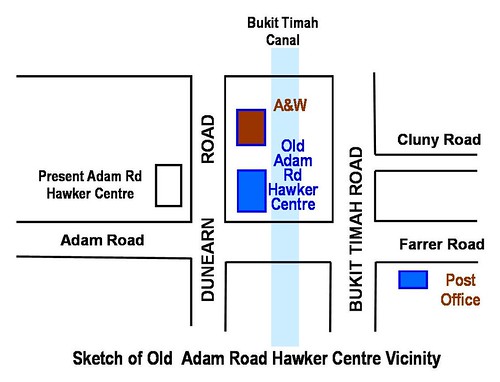
.jpg)



